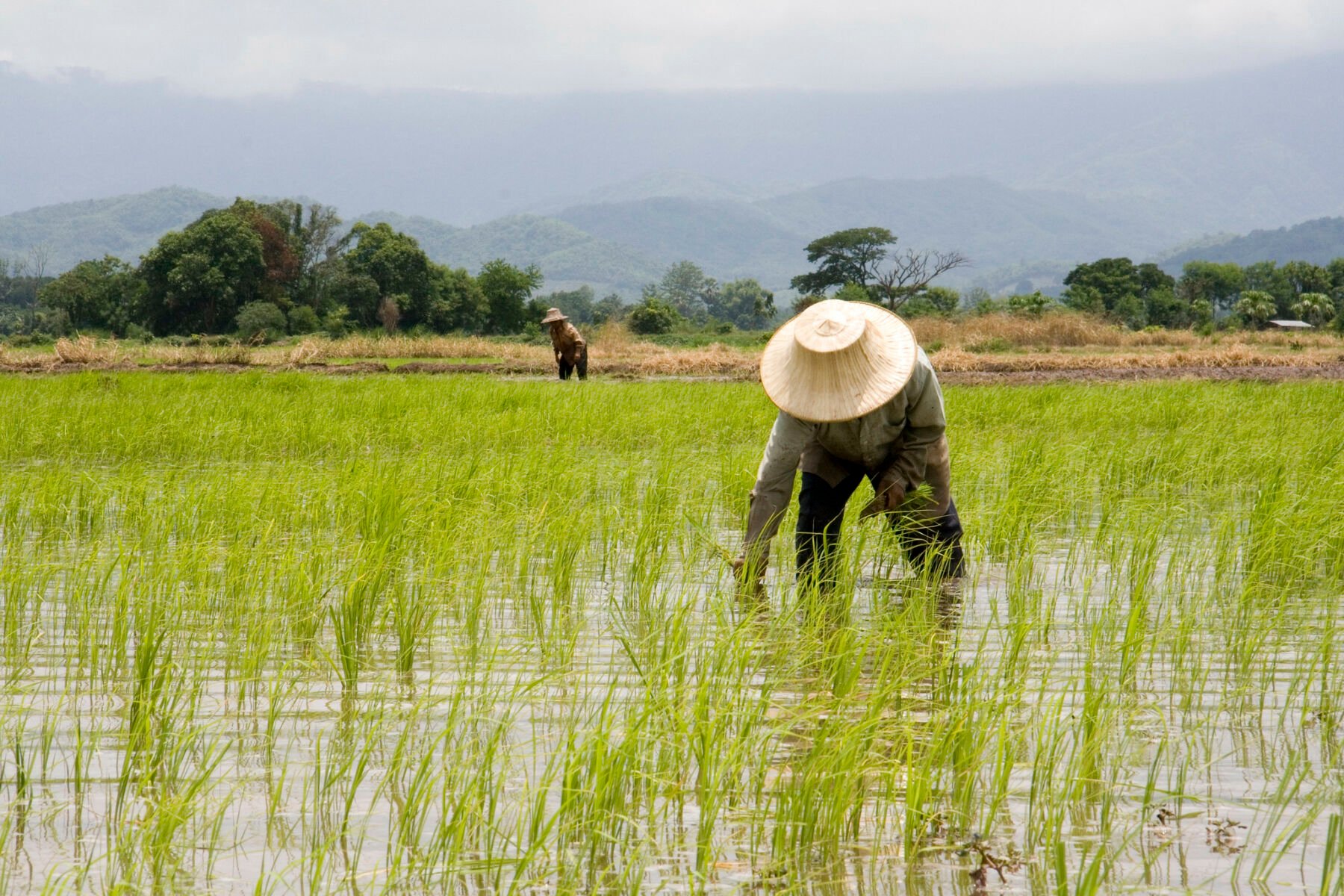Grain of truth: Thailand trails Asia in rice yield race

Thailand’s rice yields are significantly lower than other major Asian rice producers, according to Anon Nonsee, Deputy Director General of the Department of Rice.
The average rice yield in Thailand is about 400 to 500 kilogrammes per rai (0.16 hectares), far below Vietnam’s 1,000 kilogrammes per rai and China’s 1,000 to 1,200 kilogrammes per rai.
While some Thai rice varieties can achieve yields similar to these countries, jasmine rice, renowned for its fragrance and soft texture, brings the average down due to its lower yield of 350 to 400 kilogrammes per rai. Jasmine rice’s unique qualities are tied to the dry conditions in the Northeast and parts of the North, which enhance its aroma but reduce output.
The Department of Rice aims to enhance the value of Thai rice by developing marketing strategies, including categorising rice types, zoning cultivation to meet market demands, and targeting niche markets with high-value products like coloured rice, brown rice, and indigenous varieties.
These speciality rice types, which account for 5 to 10% of Thailand’s total rice production, are being positioned as luxury goods, catering to affluent consumers with a demand for rare and premium items.
Coloured rice, in particular, is gaining traction among Chinese consumers for its health benefits, driven by unique compounds found in the grains. However, limited exports make it rare and expensive in global markets.

To capitalise on this interest, the Department of Rice is collaborating with the Tourism Authority of Thailand (TAT) to promote coloured rice among tourists through partnerships with restaurants and tourism campaigns.
In 2024, the Department of Rice plans to introduce seven varieties of coloured rice, collectively known as rainbow rice, featuring shades of deep purple, light purple, white, light green, and dark green. These will be cultivated in creative patterns, such as a cat design in Chiang Rai and a dinosaur and peacock mascot in Phayao. The fields will include observation towers and walkways, transforming them into tourist attractions.
New income opportunities
Coloured rice farming presents multiple income opportunities. The leaves of coloured rice varieties, rich in protein, can be dried and sold at 50 baht per kilogramme. From one rai of land, farmers can produce approximately 2,000 kilogrammes of fresh leaves, yielding 1,000 kilogrammes of dried leaves and generating around 40,000 baht per rai.
The extracted protein can be used in health foods and plant-based products, with hydrolysed protein fetching no less than 100,000 baht per kilogramme, attracting interest from China and Japan.
Furthermore, high-protein rice varieties can be harvested before the grains mature to produce stalks for animal feed. This process takes about four months and can be done twice annually, yielding higher returns than traditional rice production.
The department is promoting this practice in Mukdahan province, though current production levels are insufficient to meet demand, reported The Nation.
Latest Thailand News
Follow The Thaiger on Google News:


























